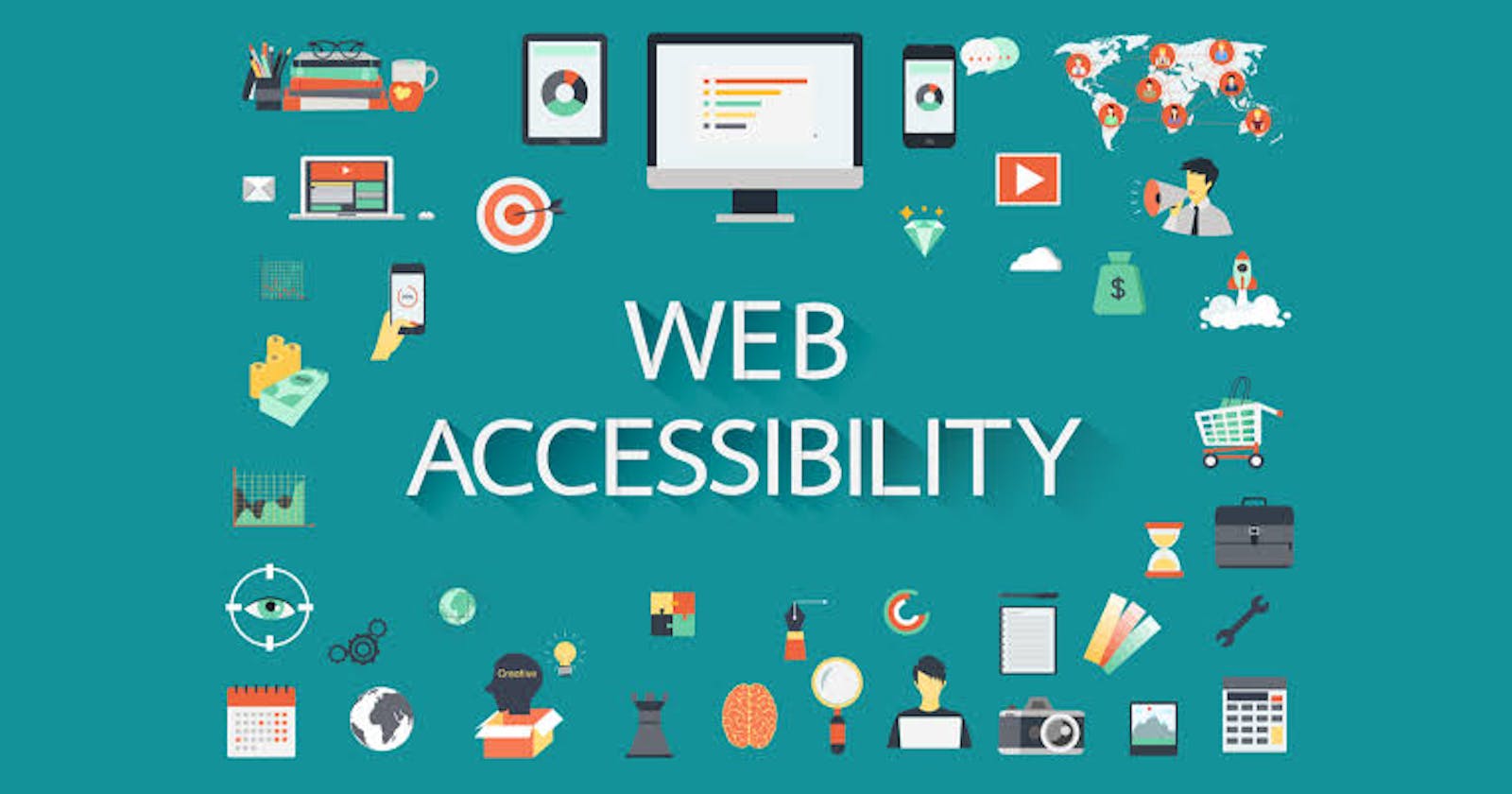The web is for everyone, regardless of their location, language or ability and also their diverse range of movement, sight, cognitive and hearing. The web removes blockage of communication and interaction people encounter in real life.
15% of the world's population faces some type of disability. Therefore, it is essential organizations and developers create high quality and well-designed websites, applications or technologies to avoid barriers that prevent people from accessing the web.
According to Tim Berners-Lee, W3C Director and inventor of the World Wide Web,
The power of the web is in its universality. Access by everyone regardless of disability is an essential aspect.
What is Web Accessibility?
Web accessibility means creating a well designed technology, website or tool that can be easily accessed, navigated, and understood by people with disabilities. Web accessibility covers all disabilities that affect access to the web such as;
- Physical
- Speech
- Visual
- Cognitive
- Auditory
- Neurological
Web accessibility also covers people without disabilities. Such as:
- People using small screen devices
- People with "situational limitation" such as people in bright sunlight
- People with poor internet connection
- Older people with changing abilities due to ageing
The web provides a wide range of access to information and communication for many people with disabilities as well as others such as;
- Older people
- People in rural areas
- People in developing countries
Standard of Web Accessibility
For the web to be accessible, various components must work together. Some of these include:
Web Content: these are any part of a website including text, forms, images and multimedia, and also any markup scripts, applications.
User Agents: this includes software that make web content accessible like browsers, plug-ins, multimedia players and assistive technologies (screen readers, screen magnifiers and voice recognition software)
Authoring tools: this includes software or services used for producing web contents like content management systems, code editors, blogs and other tools.
What is Web Accessibility Initiative (WAI)?
According to the World Wide Web Consortium, WAI creates a level of quality and supportive resources to assist the comprehension and application of accessibility on your websites, applications and other digital creations.
There are 5 main activities through which WAI pursues accessibility of the web. They are:
- Ensuring that web technologies support accessibility.
- Developing guidelines for accessibility.
- Developing tools to evaluate and facilitate accessibility
- Conducting education and outreach.
- Co-ordinating with research and development.
W3C provides two standards of WAI; WCAG (Web Content Accessibility Guidelines) and WAI-ARIA (Accessible Rich Internet Applications)
WCAG: this addresses the needs of people with various types of disabilities like movement disability, hearing loss, cognitive disability, and visual disability. Of all, cognitive disability encompasses a wide range of conditions affecting thinking and understanding including autism, ADHD and dyslexia. These guidelines are organized under four principles:
- Percievable
- Operable
- Understandable
- Robust
WAI-ARIA: provides semantic information about widgets, structures, and behaviors, in order to allow assistive technologies to convey appropriate information to persons with disabilities, especially persons that are visually impaired and that cannot use a mouse. These semantics are designed to allow an author to properly convey user interface behaviors and structural information to assistive technologies in document-level markup.
Summary
- The web removes blockage of communication and interaction people encounter in real life.
- Web accessibility means creating a well designed technology, website or tool that can be easily accessed, navigated, and understood by people with disabilities.
- WAI creates a level of quality and supportive resources to assist the comprehension and application of accessibility on your websites, applications and other digital creations.
I hope you find this article delightful and helpful. To learn more, click the links under the reference.
Thanks for reading 👋
